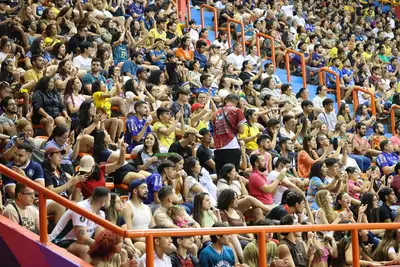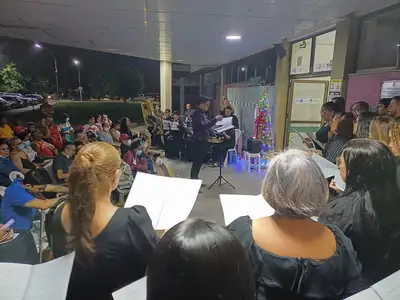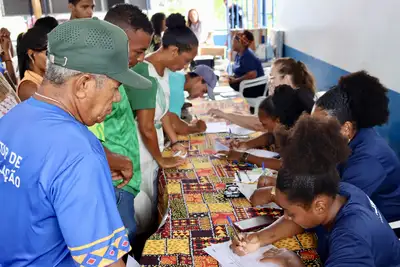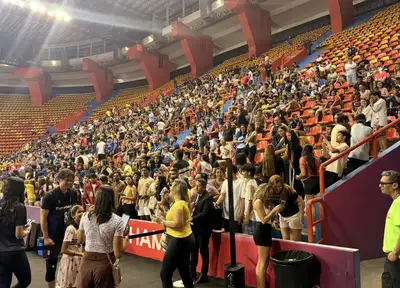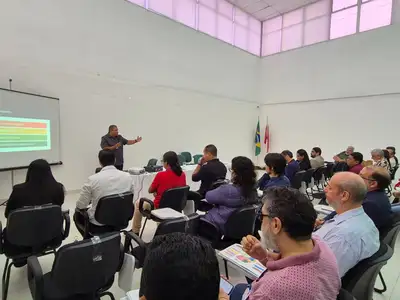Bioeconomy and Innovation Park will have a center focused on traditional peoples and communities
One of the strengths for supporting Indigenous Peoples, Quilombolas, and Traditional Communities (PIQCTs) and family farmers will be the governance model of the space, which is currently under development.
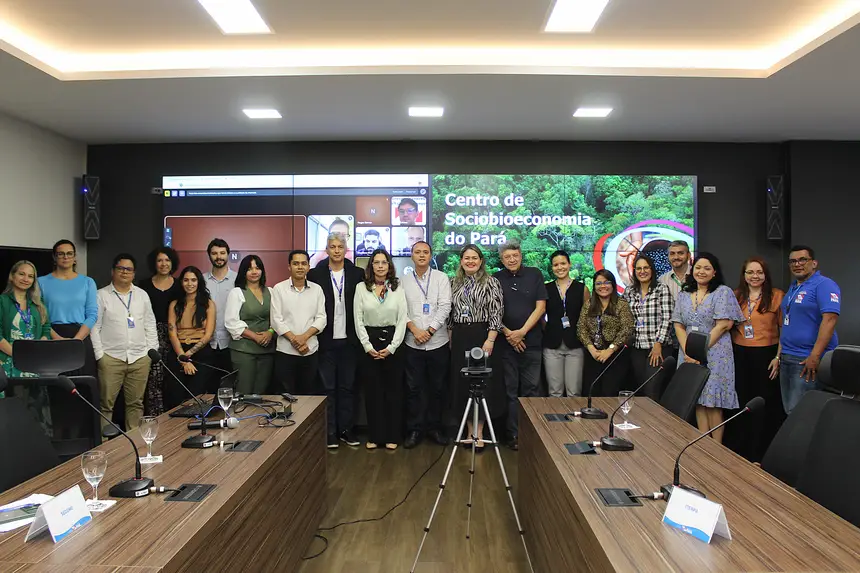
The Amazon Bioeconomy and Innovation Park, the main structural project outlined in the Pará Bioeconomy Plan (PlanBio), will feature a center dedicated to traditional peoples and communities. This Monday (16), the Center for Sociobioeconomics, developed under the State Secretariat for the Environment, Climate, and Sustainability (Semas), was the central theme of the 3rd Extraordinary Meeting of the PlanBio Executive Committee. One of the pillars of the project will be the governance model of the space, currently in the development phase, with direct participation from Indigenous Peoples, Quilombolas, and Traditional Communities (PIQCTs) and family farmers.
“The Center for Sociobioeconomics, whose concept was developed with support from UK PACT (United Kingdom Partnering for Accelerated Climate Transitions), seeks to energize sociobioeconomic actions in the various territories of the State. To achieve this, it is essential to understand the specific demands of each territory and develop appropriate promotion strategies for the diversity of Pará's sociobiodiversity, serving Indigenous peoples, Quilombolas, extractivists, and family farmers,” highlighted Camille Bemerguy, Deputy Secretary of Bioeconomy at Semas.
The Center for Sociobioeconomics of Pará will be an integral part of the future Amazon Bioeconomy and Innovation Park, which will have a structure aimed at supporting businesses linked to bioeconomy. The space will host startups, community enterprises, industries, and research institutions, offering coworking spaces, laboratories for product development, and specialized services in mentoring, training, incubation, and acceleration.
“There is a great expectation from the PIQCTs that this center will have governance with their effective protagonism. There is a concrete demand for the center to directly meet their expectations and needs, and for them to articulate these demands through the management of the space,” emphasized Pedro Leitão, president of Trama Brasil Projetos, who presented the results of the work developed in 2024 and continuing in 2025, focusing on the institutionalization of the center.
The actions planned for the Bioeconomy Park are part of the State Bioeconomy Plan (PlanBio), linked to the State Amazon Now Plan (PEAA), one of the main strategies of the Pará government for the transition to a low-carbon economy. The initiative aims to transform the region into a hub for sustainable, scientific, and technological development.
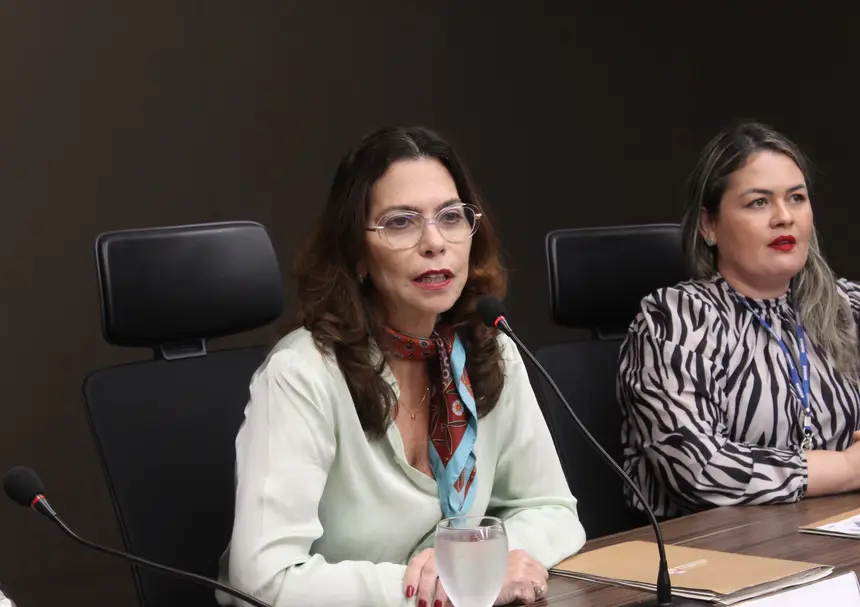
During the meeting, proposals for the Bioeconomy Observatory were also discussed, a tool considered essential for monitoring the implementation of public policies, actions in the territories, and attracting investments to the State. “It is a strategic mechanism to enhance management and assess the impacts of PlanBio,” added Camille Bemerguy.
Monitoring Platform
Another highlight of the meeting was the presentation of the monitoring platform for the State Bioeconomy Plan, launched during the Pará Forum on Climate Change and Adaptations (FPMAC) last week. The digital tool allows the secretariats to update information about their actions monthly, enabling the monitoring of execution and the transparency of data such as the volume of resources applied and the number of people served.
“The Bioeconomy Plan includes 122 actions from 18 secretariats, hence the importance of this monitoring. Since 2024, Semas has been developing the platform, which becomes an essential instrument to guide future public policies, expanding reach, improving impact, and ensuring efficiency in execution,” concluded Camille Bemerguy.
Text: Vinicius Silva/ Ascom Semas


